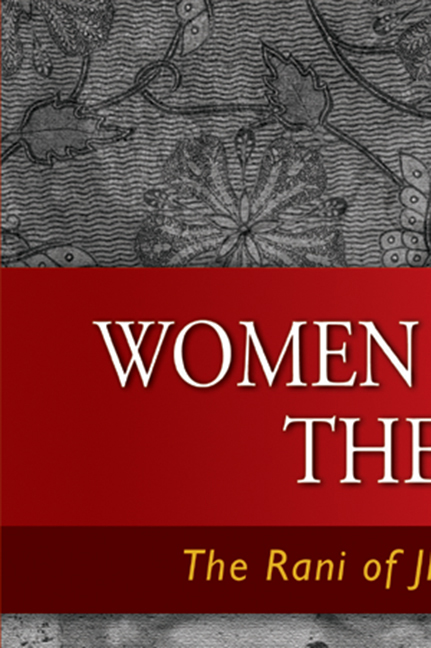Book contents
- Frontmatter
- Dedication
- Epigraph
- Contents
- Message from ISEAS Director
- Foreword
- Preface
- Acknowledgements
- 1 The Historical Rani
- 2 Bengali Nationalism
- 3 Bengali Women Revolutionaries
- 4 Subhas Chandra Bose
- 5 The Indian National Army
- 6 Volunteers from the Malayan Rubber Estates
- 7 The Rani of Jhansi Regiment
- 8 Deployed to Burma
- 9 After the War
- 10 Conclusion
- Epilogue
- Bibliography
- Index
- About the Author
Message from ISEAS Director
Published online by Cambridge University Press: 21 October 2015
- Frontmatter
- Dedication
- Epigraph
- Contents
- Message from ISEAS Director
- Foreword
- Preface
- Acknowledgements
- 1 The Historical Rani
- 2 Bengali Nationalism
- 3 Bengali Women Revolutionaries
- 4 Subhas Chandra Bose
- 5 The Indian National Army
- 6 Volunteers from the Malayan Rubber Estates
- 7 The Rani of Jhansi Regiment
- 8 Deployed to Burma
- 9 After the War
- 10 Conclusion
- Epilogue
- Bibliography
- Index
- About the Author
Summary
I first met Professor Emerita Joyce Chapman Lebra in January 2007 in Kolkata, where the Netaji Research Bureau had organized a Golden Jubilee Conference on Subhas Chandra Bose. The conference's theme was the effect of World War II on Asian independence. To listen to Professor Lebra was to be reminded of her substantial contribution to the literature on the Indian National Army's role in Southeast Asia. I thought immediately that she could bring her scholarship to bear on the task of recording, and thereby preserving, the INA's legacy. I spoke to her, and we agreed that one particular area that needed looking at was the way in which the Rani of Jhansi Regiment had contributed to the INA's work, both materially and ideationally. The idea of women taking up arms against the Raj was not new: women revolutionaries in Bengal, among other places in India, had blazed the way. The story had been told. But the story of a combat-ready women's regiment in an anti-colonial army in Southeast Asia needed to be fleshed out to enhance understanding of the INA's larger contribution to anti-colonialism in this region. That was the point of the book project that I suggested to Professor Lebra to which she agreed readily. ISEAS is pleased to have been involved in the production of this book.
- Type
- Chapter
- Information
- Women Against the RajThe Rani of Jhansi Regiment, pp. ixPublisher: ISEAS–Yusof Ishak InstitutePrint publication year: 2008

